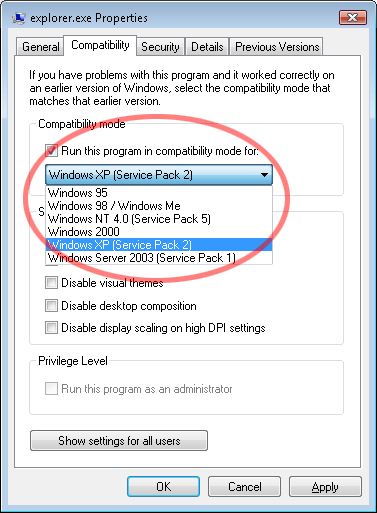

After he sent me his Vaio in early March, I blew away all traces of the old installation and set up a pristine copy of Windows Vista Business, with up-to-date drivers and zero crapware. That's why, for the past two months, Jeremy and I have been collaborating on an experiment. My instinct and experience says that even under these extreme circumstances, Windows Vista can be fixed. But is it really a hopeless case, or was this system done in by the rush to market and a sloppy OEM integration?
Transient multimon manager series#
As Jeremy documented in a series of posts, this gorgeous machine was ugly in action: slow to start, sluggish when performing everyday tasks, crash-prone, and overloaded with annoying and unwanted software. Practically overnight, he told me, his experience went from "awesome" to "awful." The experience was so terrible, in fact, that after several months of struggling he finally surrendered, putting his $2500 Windows notebook in storage and replacing it with a MacBook last summer.Īt first glance, Jeremy's machine is Exhibit A in the case against Windows Vista. In May 2007, this 15-year Windows veteran replaced his old, beloved, XP-powered Vaio with a newer Vaio that came with Windows Vista Business installed.

No one knows that better than my new friend Jeremy Toeman. The following figure shows the flow of operations that occur when TMM handles the situation when a monitor is added to make a two-monitor configuration.If the "Vista sucks" movement has a public face, it's the Sony Vaio.

For more information about ChangeDisplaySettingsEx, see the Microsoft Windows SDK documentation. Next, TMM uses the ChangeDisplaySettingsEx function to extend the display. SetActiveTopology turns off the second target and enters single view. In this situation, SetActiveTopology interprets targetArray as an array with one element. In the preceding SetActiveTopology call, parameter three is set to 1 and not 2. TMM calls the IViewHelper::SetActiveTopology(adapterName, CloneSource, 1, targetArray) method with the indicated parameters. If the computer enters clone view and the user chooses extended view from the TMM dialog (and clicks OK or Apply), TMM must turn off clone view as follows: If an error result is returned from any of the IViewHelper methods, the computer does not enter clone view, and the TMM dialog pops up with clone-view and external-only options disabled. TMM calls the IViewHelper::Commit method. TMM calls the IViewHelper::SetActiveTopology(adapterName, CloneSource, 2, targetArray) method with the indicated parameters. TMM places the existing target identifier as the first element and the second target identifier as the second element. This source identifier is called "CloneSource." If the adapter has two targets, TMM creates an array of two entries (ULONG targetArray). TMM finds the graphics adapter that has a source that is mapped to a target. Each target must be connected but is not required to be active.įor each source in the graphics adapter, TMM makes calls to the IViewHelper::GetActiveTopology method to retrieve the active targets for the source. TMM makes calls to the IViewHelper::GetConnectedIDs method to retrieve all of the targets on the adapter, whether the targets are mapped or not. If the display configuration has one or two monitors with Extended Display Information Data ( EDID) that TMM has not encountered before, TMM proceeds to bring up the TMM dialog.įor each adapter in the display configuration, TMM makes calls to the IViewHelper::GetConnectedIDs method to retrieve all of the sources on the adapter whether the sources are mapped or not. TMM compares display configuration against the previously recorded display configurations. For more information about EnumDisplayDevices, see the Microsoft Windows SDK documentation. TMM calls the EnumDisplayDevices function to retrieve the current display configuration, which includes adapters, displays, and monitors. The following sequence shows the order in which TMM calls the IViewHelper methods and performs other operations in this situation: In this situation, the TMM dialog will not have the option for clone or extended. If the targets are on different graphics adapters, the TMM dialog will pop up without activating the second monitor. After TMM performs the mapping, the TMM dialog will pop up. If two targets are part of the same graphics adapter, TMM will map the one source that is currently mapped to one of the targets to both targets. A two-monitor configuration generates the Transient Multi-monitor Manager (TMM) dialog.


 0 kommentar(er)
0 kommentar(er)
